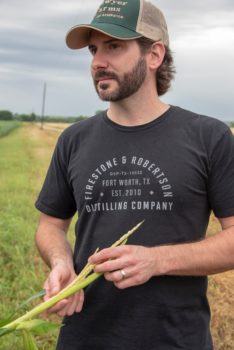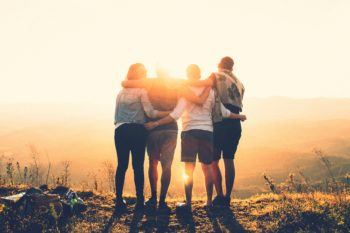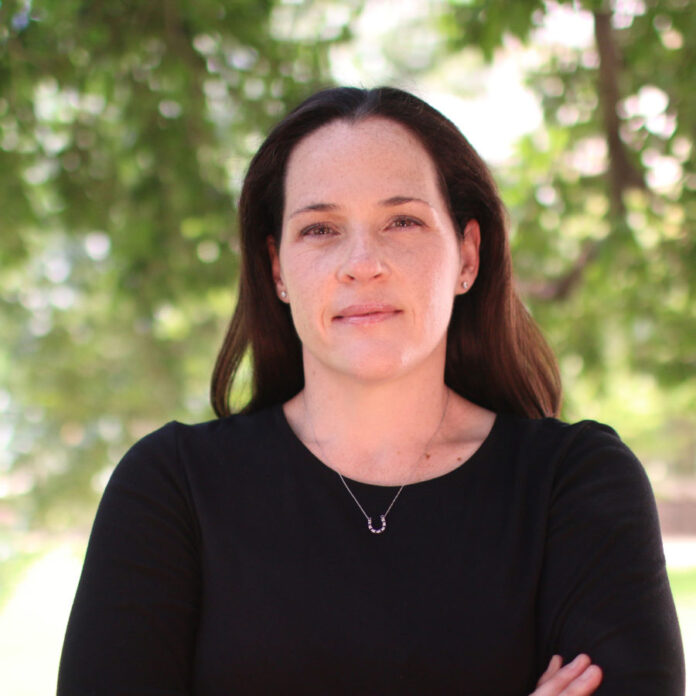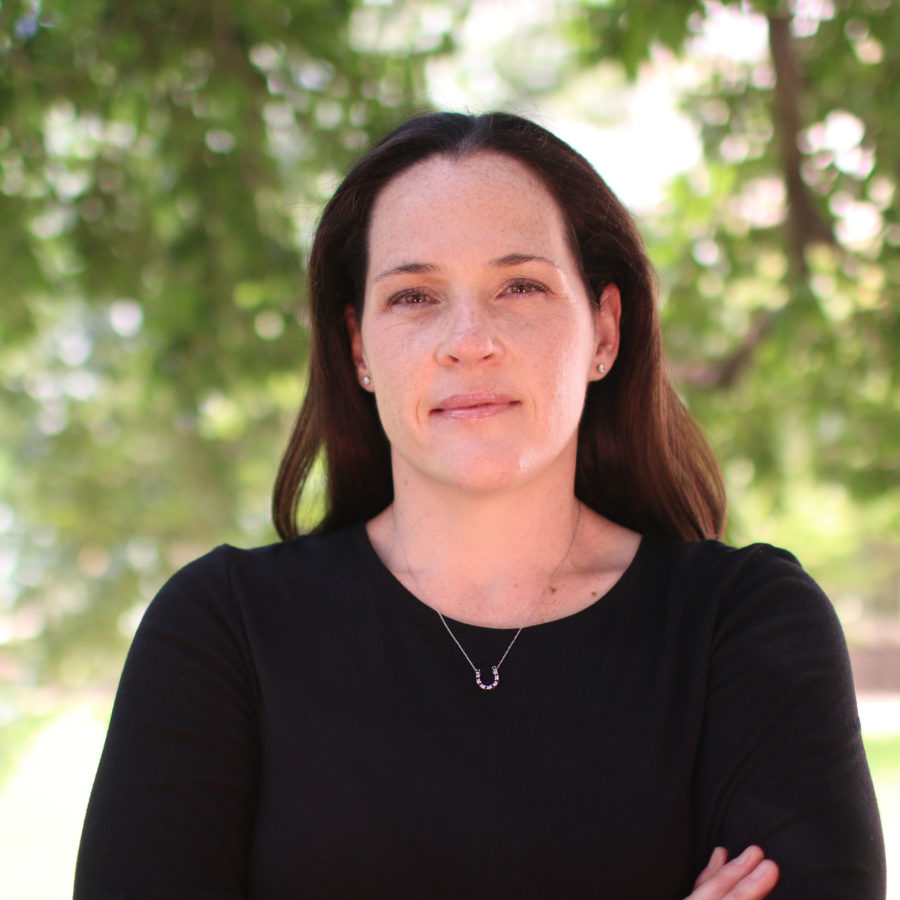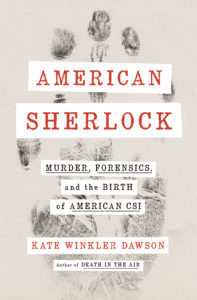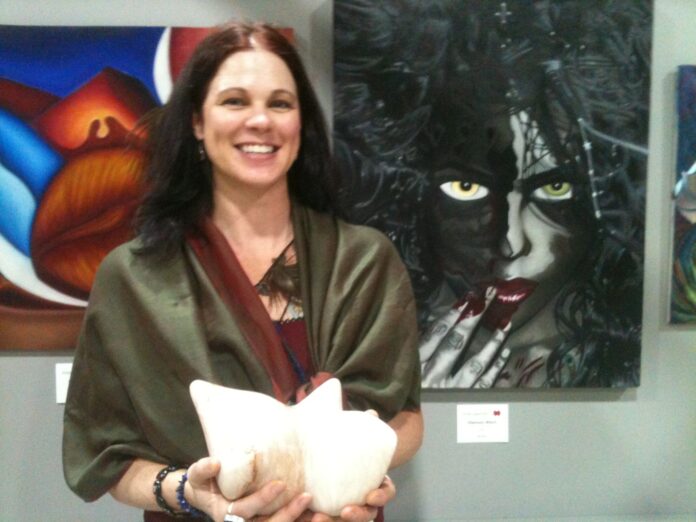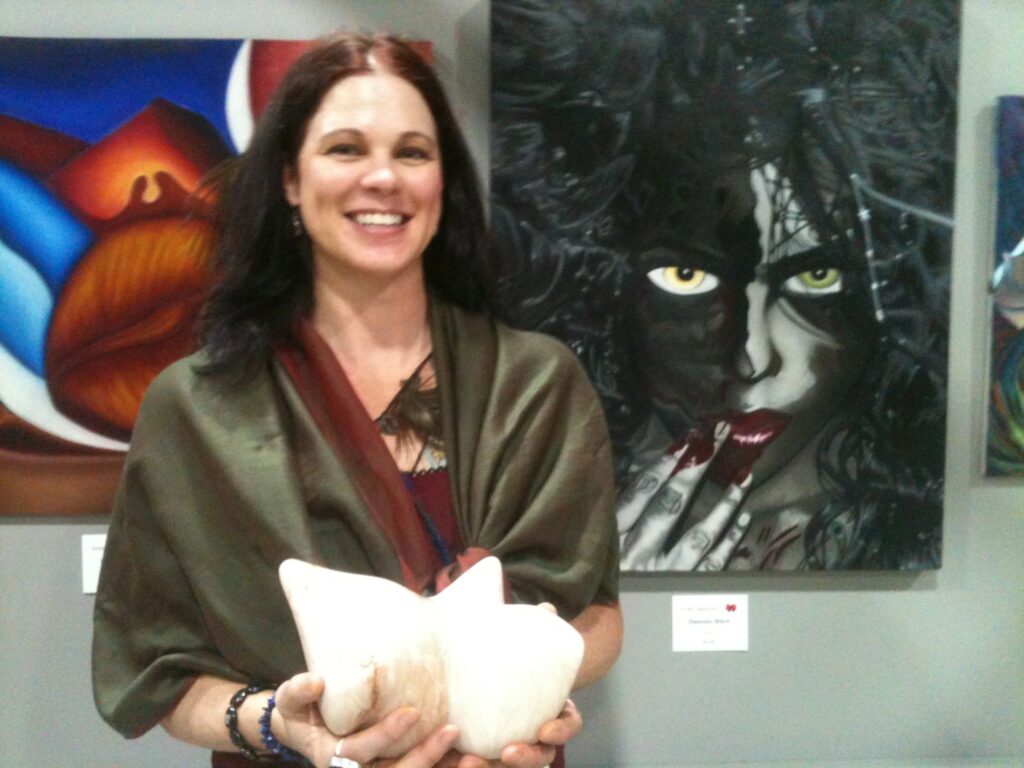
By: Rebecca Lee Salazar
University of Texas
If you’re struggling with meal planning and eating healthy right now, you’re not alone. While trying to avoid grocery stores, you may be ordering more take-out than usual or reaching for snacks you normally would not eat due to stress or because healthier choices are not available. It’s completely OK and understandable to cut yourself some slack, but it’s also important to make sure you are getting enough nutrients to support yourself.
“Our bodies need to be nourished to fight infection and disease,” said Marissa Epstein, director of the UT Nutrition Institute. “A team of nutrients in foods work interdependently to strengthen our immune response when our bodies are defending against infection.”
Epstein says the first step in incorporating a more nutritious diet at home is reframing your attitude toward healthy eating by remembering all of your favorite healthy foods that make you happy and feel good. Creating these positive associations can help take off some of the stress around healthy eating — making it feel less intimidating and demanding.
We asked Epstein to share some healthy nutrition tips to inspire our current meal planning.
1. Set a schedule.
You should be taking a break and eating every three to four hours based on your hunger cues — starting with breakfast. Add an appointment on your calendar or set an alarm on your phone to remind yourself when to take snack and meal breaks.
2. Shop wisely.
Grocery shopping is serious business. You need a plan that will get you in and out as quickly as possible with food that lasts until your next trip. The best strategy for this is to make a grocery list. Have some backup food options just in case stores run out of your favorite items. If you’re ordering through a curbside pickup service, check your order against your list to make sure you didn’t miss anything.
3. Separate food and work.
Avoid setting up your home office in a place where your kitchen is in plain sight. It’s easy to gaze over your laptop straight into a pantry of snacks, so try your best to avoid the environmental cues tempting you to eat when you’re not hungry. Plan to eat when it’s time to eat and work when it’s time to work. Separating these two activities will help you enjoy your meals more and prevent you from snacking because of stress or boredom.
4. Stay hydrated with food.
Keeping a glass of water at your workstation is a good practice, but drinking water isn’t the only way your body stays hydrated. When you eat foods with high water content such as frozen or fresh fruits and vegetables, your body breaks down the water trapped inside the plant fibers. That water is released into your body slowly — keeping you hydrated for an extended period.
5. Use caffeine strategically.
Caffeine is a diuretic and an appetite suppressant, so it can cause dehydration and mask your natural hunger cues. If you neglect your body’s natural cues and don’t eat food while drinking coffee, you may end up with a dramatic drop in energy later in the day. Avoid the afternoon slump with a morning cup of coffee followed by an energizing lunch. Switch to your favorite caffeine-free tea in the afternoon.
6. Eat to support your brain’s performance.
With your mental energy being pulled in different directions, it’s important to nourish your brain for better cognitive function. Your brain prefers glucose to stay energized, so try to incorporate complex carbohydrates into every meal to break down glucose slowly throughout your day. Optimize your brain function by adding omega-3 fatty acids, which are found in fish, nuts and seeds. And don’t forget to take a walk outside for at least 10 minutes a day so you can activate vitamin D in your body and support your mental health.
7. Make meals a shared experience.
Research shows that home-cooked meals tend to be healthier than other options. Set some time away from work to meet in the kitchen with family members or roommates to cook a meal. If you live alone, cook the same meal with a friend over a video call. By reframing dinner as a shared experience, you can turn a chore into a way to spend time with those you love.
Creating healthy nutrition habits can be challenging under the most normal circumstances, so meet your needs where they are and do what you can to keep yourself and your family healthy and safe.



